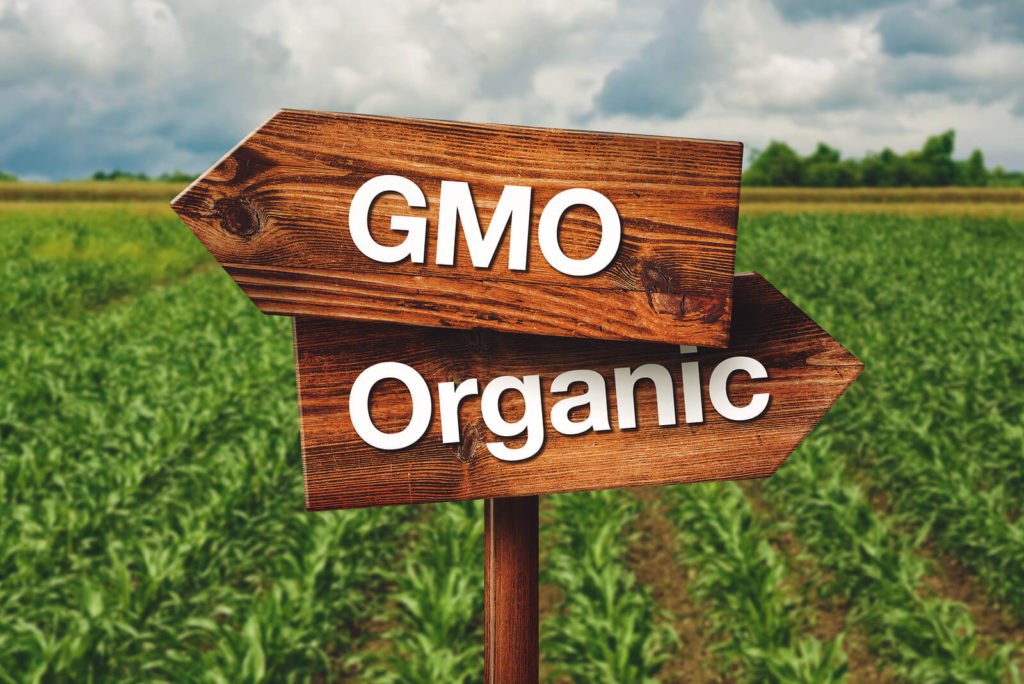The GMO Debate: Organic Versus Conventional Agriculture in Africa
WHAT THE NUMBERS TELL US It is estimated that agriculture accounts for 80 percent of global deforestation. Out of thousands of plant species cultivated for food, a mere 200 substantially contribute to the world’s food output, according to “THE STATE OF THE WORLD’s BIODIVERSITY FOR FOOD AND AGRICULTURE” by the Food and Agriculture Organization. Furthermore, only nine of those plants constitute 66 percent of total crop production. This concentration in crop variety has detrimental effects. For example, 23 percent of the global land surface has reduced in productivity due to land degradation. This leads to over $577 billion in annual global crops being increasingly at risk from pollinator loss, as highlighted by the National Park Service. Hunger and Malnutrition The statistics regarding hunger and malnutrition are staggering. Over 811 million people go to bed hungry each night. Around 690 million people are undernourished globally, and chronic malnutrition in children stands at 21.3 percent worldwide. This includes an estimated 14 million children under five who are suffering from acute malnutrition, also known as severe wasting. Tragically, only a quarter of these children currently have access to life-saving treatment. The Role of Small Producers What may surprise many is that fishermen, smallholder farmers, and herders, often the most vulnerable to food insecurity, produce up to 70 percent of the global food supply. Hunger and poverty are most acute in rural communities, whether or not you are a farmer, as stated by Action Against Hunger. Conflict and Hunger Conflict leads to hunger. In 2020, just two years ago from the date of this article, conflict was reported to be the primary cause of hunger for 91.1 million people across 23 countries. Obesity, Food Waste, and Environmental Investments Around 30 percent of the global adult population is either obese or overweight. Conversely, approximately 30 percent of all food produced worldwide is wasted or lost. These figures illustrate a grave story of mismanagement, under-management, and a lack of global responsibility. Only 1 percent of the $700 billion given annually to farmers is used to benefit the environment, according to the Food and Land Use Coalition. This last figure corroborates the tale of a lacklustre global approach to saving agriculture, preserving livelihoods, curing world hunger, and protecting our children. CAN ORGANIC AGRICULTURE FEED AFRICA? The query of whether organic agriculture can nourish the African continent isn’t just a theoretical question; it is a matter of immediate necessity and urgency. As a land rich in biodiversity, yet burdened with challenges of malnutrition, poverty, and climate change, Africa’s pursuit of sustainable agriculture isn’t a mere choice; it’s a commitment to the future. The sustainable and organic agriculture movement in Africa is growing, and the reasons for its essentiality are numerous. Unlike conventional agriculture, which relies on synthetic chemicals and often leads to soil degradation, organic farming seeks to build an ecological balance and foster long-term sustainability. Such practices are especially relevant to Africa, where soil fertility and water retention are key to survival for many communities. Some critics argue that organic farming cannot feed Africa, stating that conventional farming methods can produce significantly more food. This leads to the counter-argument for the continued use of genetically modified organisms (GMOs), synthetic chemicals, and other non-organic practices. But can these short-term gains outweigh the long-term environmental impacts and potential health risks? Evidence is emerging that organic farming is not only feasible in Africa but also thriving in many regions. Sustainable farming practices, which include crop rotations, inter-cropping, and the use of organic fertilizers, are being adopted across the continent, contributing to soil health and reducing the risk of groundwater pollution. In Africa, the allocation of arable land for animal feed and the corresponding consumption of water is not as profound as in the Western world. However, the focus on organic farming still addresses key issues like water efficiency, soil fertility, and the overall harmony with the local ecosystem. Challenges such as funding, access, legislature, data collection, and cultural perceptions do exist, yet the urgency of the situation has prompted various governments, NGOs, and community groups to act. Leaders in African agricultural innovation are showing that large-scale organic food production is possible. For instance, the Rodale Institute’s findings can be applied to drought-prone areas in Africa, showing that “organically grown corn has a yield that is 31 percent higher than conventionally grown corn during years of drought.” This research’s significance extends beyond the United States and can guide African nations in creating resilient and sustainable farming systems. The debate around profitability must also consider the environmental and societal costs. Conventional farming may seem profitable in the short term, but the degradation of soil, loss of biodiversity, and potential health risks may result in long-term costs that Africa cannot afford. Furthermore, the genetic diversity inherent in traditional and adapted seeds in Africa offers a robust foundation for organic farming. The use of these seeds, coupled with indigenous knowledge and practices, can create a more resilient system against climatic stress. In conclusion, to question whether organic agriculture can feed Africa is to question our collective will to invest in a sustainable future. The evidence suggests that not only is it possible, but it’s a pathway that aligns with Africa’s unique environmental conditions and societal needs. Through collaboration, innovation, and a shared commitment to the earth and its inhabitants, organic agriculture in Africa can be more than a dream; it can be a thriving reality. The task ahead is immense, but the rewards – a nourished continent, preserved biodiversity, and a sustainable legacy – are surely worth the pursuit. WHY ARE WE GOING ORGANIC? Organic farming has gained significant momentum over the past few years. While the popularity is often attributed to the improved taste and higher nutritional value of organic produce, the benefits of organic farming extend far beyond consumption and nutrition. Suminter India Organics outlines the five key environmental benefits of organic farming, demonstrating why it can be considered a step towards sustainable agriculture. 1. Reducing Exposure to Harmful Chemicals Conventional farming relies heavily
The GMO Debate: Organic Versus Conventional Agriculture in Africa Read More »




